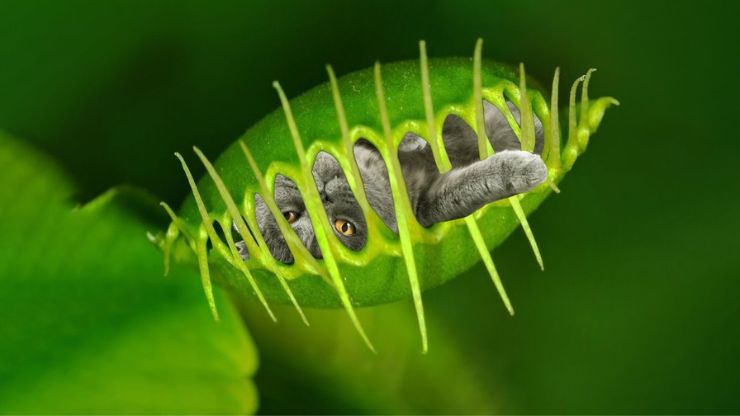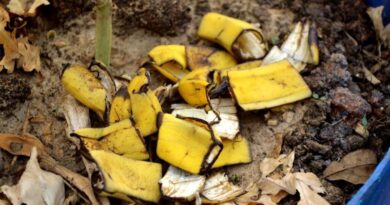10 of the World’s Deadliest Plants – Deadly plants have captivated human curiosity for centuries, simultaneously serving as sources of dread and wonder. These botanical assassins are endowed with potent toxins that can inflict harm or even death upon contact or ingestion. While these plants are renowned for their lethal properties, they also possess historical, cultural, and even medicinal significance.
In this exploration, we delve into ten of the world’s deadliest plants, uncovering the secrets of their deadly compounds, the symptoms they induce, their historical uses, and the cautious role they play in contemporary society.
Through this journey, we emphasize the importance of knowledge and vigilance when it comes to these plants, as well as the imperative to avoid interaction unless under expert guidance. This knowledge is not just a testament to the wonders of the natural world but a reminder of the need to coexist with it safely.
Importance of Awareness and Caution
- Safety: Awareness and caution are paramount for personal safety. Deadly plants contain potent toxins that can cause severe illness or even death if mishandled or ingested. Being aware of these plants and exercising caution is crucial to avoid accidental exposure.
- Preventing Accidental Poisoning: Many of these deadly plants can be found in gardens, parks, or the wild, making accidental contact a real possibility. Knowing how to identify them and their potential dangers can help prevent accidental poisonings, especially in children and pets.
- Protection of Ecosystems: Understanding the significance of these plants in their natural ecosystems is vital. Overharvesting or eliminating them can disrupt local ecosystems, affecting other species that rely on these plants for various purposes, such as pollination or habitat.
- Cultural and Historical Context: Deadly plants often have historical or cultural significance. Awareness and caution enable us to appreciate their role in folklore, traditional medicine, or rituals while respecting the potential dangers associated with them.
- Medicinal Potential: Some deadly plants contain compounds that, when used in controlled and precise ways, have medicinal applications. Awareness allows for responsible use in medicine while avoiding misuse or self-medication.
- Educational Value: Learning about these plants contributes to our knowledge of the natural world, its diversity, and the fascinating ways plants have adapted to protect themselves. This knowledge enhances our understanding and appreciation of biodiversity.
Also, Read – Plants to Transform Your Garden
10 of the World’s Deadliest Plants
Castor Bean Plant
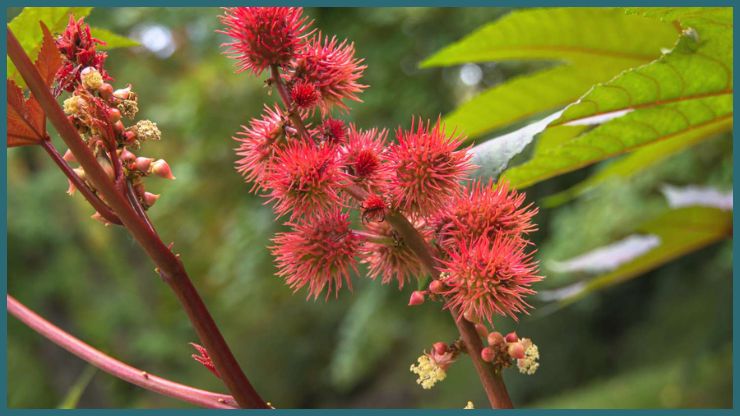
The Castor Bean Plant (Ricinus communis) is infamous for its deadly seeds. These seeds contain ricin, an extremely toxic protein. Ingesting just a few castor beans can be lethal to humans. While castor oil is derived from the same plant, it is not toxic because the extraction process removes the harmful ricin.
The castor bean plant is cultivated for its oil and is also used as an ornamental plant, but its seeds can pose a serious health risk if mishandled or ingested.
Belladonna
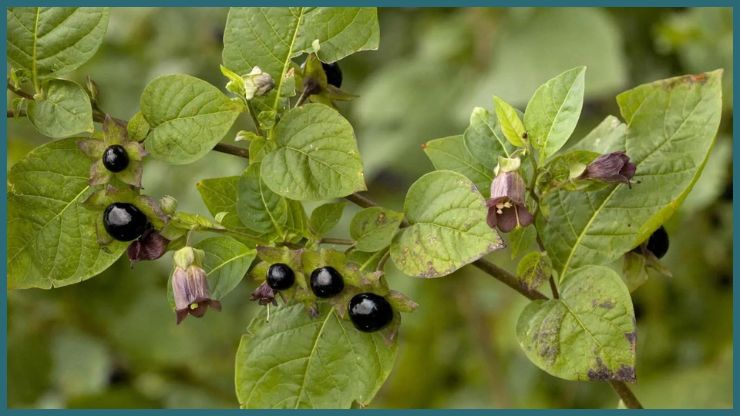
Belladonna, scientifically known as Atropa belladonna, is commonly referred to as deadly nightshade. This highly toxic plant produces sweet but lethal berries. Ingesting even a small quantity of belladonna can be fatal. Its toxic compounds, such as atropine and scopolamine, affect the nervous system and can lead to hallucinations, delirium, and death.
Historically, it has been used for its psychoactive properties, but its dangers are well-documented. Belladonna should never be consumed, and its presence in the wild or in gardens should be approached with caution to avoid accidental poisoning, especially in children and pets.
Oleander

Oleander (Nerium oleander) is a visually appealing but highly toxic ornamental shrub. All parts of the plant, including its attractive flowers and leaves, contain cardiac glycosides, which can disrupt heart function if ingested. Even minimal contact with oleander can lead to symptoms such as nausea, vomiting, and irregular heartbeats.
In severe cases, ingestion can be fatal, particularly if children or pets are involved. It is crucial to exercise caution around oleander and to avoid using it in locations accessible to curious individuals or animals. Seek immediate medical attention if accidental exposure or ingestion occurs.
Also, Read – Plants That Keep Deer Out of Your Yard
Digitalis
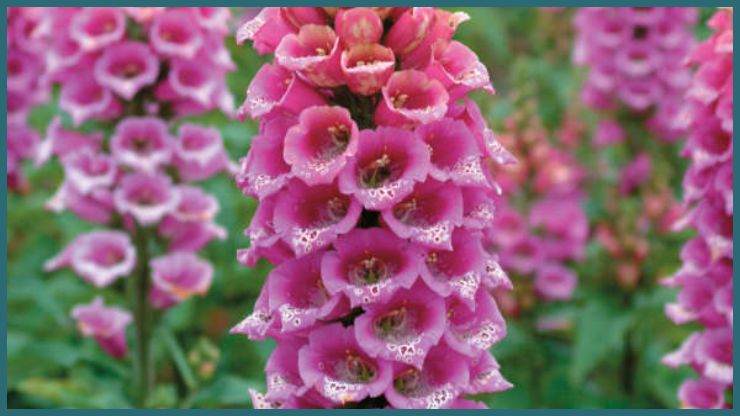
Digitalis, also known as foxglove (Digitalis purpurea), is a striking plant known for its tall spikes of tubular flowers. However, it contains cardiac glycosides, which can be extremely toxic if ingested. Ingesting any part of the plant, especially the leaves and flowers, can lead to symptoms like nausea, vomiting, and potentially life-threatening cardiac arrhythmias.
The toxic compounds in digitalis can affect the heart’s rhythm, leading to heart problems and, in severe cases, death. Foxgloves have been used in the past for medicinal purposes, but their narrow therapeutic window and potential for toxicity make them dangerous if not used with great care. It’s essential to avoid consuming or handling digitalis without proper knowledge and precautions.
Angel’s Trumpet

Angel’s Trumpet (Brugmansia spp.) is a visually stunning but extremely toxic plant known for its large, trumpet-shaped flowers. It contains tropane alkaloids, such as scopolamine and atropine, which can lead to severe toxicity if ingested, touched, or even inhaled. Ingesting any part of the plant can cause hallucinations, paralysis, delirium, and even death.
Due to its alluring appearance and hallucinogenic properties, Angel’s Trumpet has been abused as a recreational drug, but this is extremely dangerous and illegal in many places. Handling this plant with care is essential, and it should be kept out of reach of children and pets to prevent accidental poisoning or exposure.
Water Hemlock
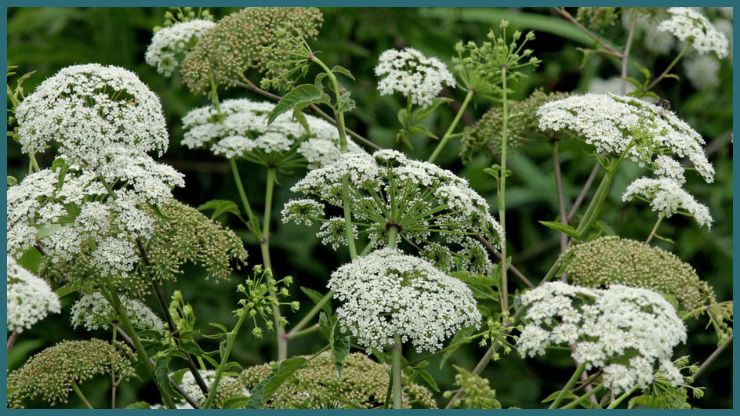
Water Hemlock (Cicuta spp.) is one of North America’s most deadly plants. All parts of this plant contain the highly toxic compound cicutoxin. Ingesting even a small amount can result in violent seizures, nausea, and, ultimately, death. Water hemlock is often mistaken for edible plants like wild celery, which has led to accidental poisonings.
It grows in wet areas and is known for its umbrella-like clusters of small white flowers. It’s vital to exercise extreme caution and avoid consumption of any part of the water hemlock plant, as well as to educate oneself about its appearance to prevent accidental poisonings, which can be fatal.
White Snakeroot
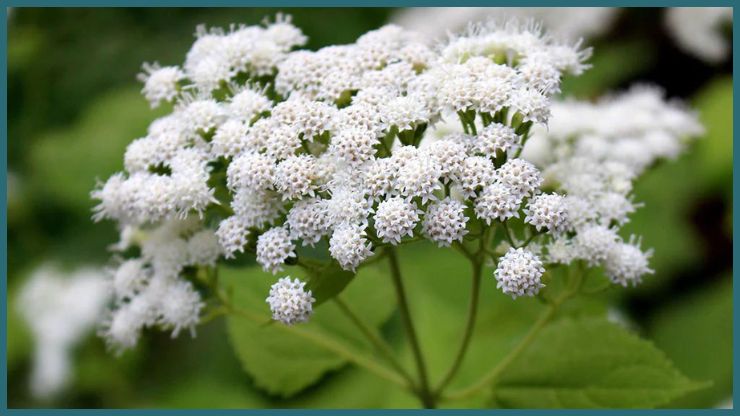
White Snakeroot (Ageratina altissima) is a plant found in North America and is known for its role in causing “milk sickness.” When livestock, such as cows, graze on this plant, they can ingest the toxic tremetol compound. This toxin can accumulate in their milk, and when humans consume the contaminated milk or meat, it can lead to symptoms like weakness, vomiting, and potentially death.
Milk sickness is historically linked to the death of Abraham Lincoln’s mother, Nancy Hanks Lincoln. White snakeroot’s clusters of small white flowers and coarse leaves make it easily recognizable, but its toxicity should be respected and prevented through proper management of livestock and food sources to avoid accidental poisoning.
Aconitum
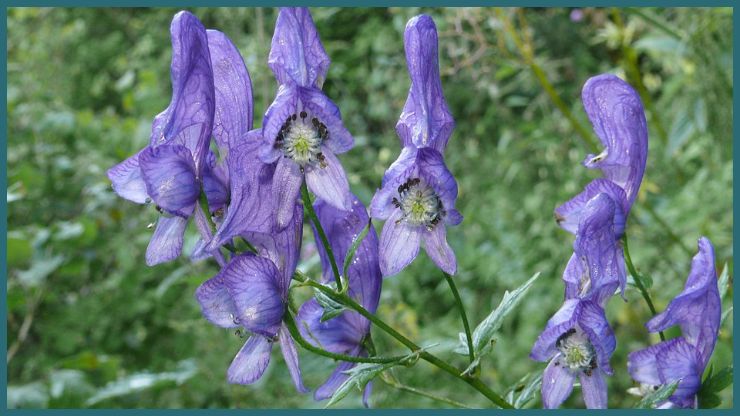
Aconitum, also known as monkshood or wolfsbane, is a group of flowering plants containing the potent neurotoxin aconitine. Ingesting any part of these plants, which often have distinctive helmet-shaped flowers, can lead to severe poisoning. Aconitine affects the nervous system, causing symptoms like nausea, vomiting, paralysis, and cardiac arrhythmias. In severe cases, ingestion can be fatal.
Despite its toxicity, some species of Aconitum have been used in traditional medicine and for poison-tipped arrows in the past. However, due to its narrow therapeutic window and the dangers it poses, it is crucial to handle Aconitum with extreme caution and never consume or use it without proper knowledge and precautions.
Manchineel
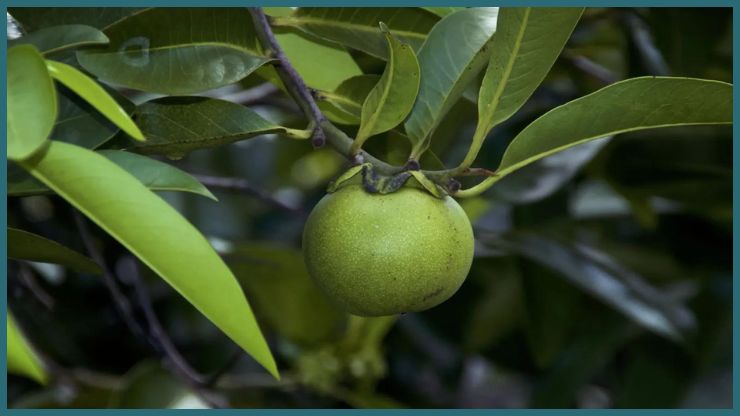
The Manchineel tree (Hippomane mancinella) is often referred to as the “tree of death” due to its extreme toxicity. Found in coastal areas of the Caribbean and parts of Florida, this tree produces highly toxic fruits and sap. Even standing under it during rain can cause skin burns, earning it the nickname “Little Apple of Death.”
Ingesting the fruits can lead to severe symptoms, including swelling, blistering, abdominal pain, and potential death. The Manchineel’s toxicity is so potent that it is advised to avoid contact with the tree, its fruit, or its sap at all costs, making it one of the most dangerous trees in the world.
Jimsonweed
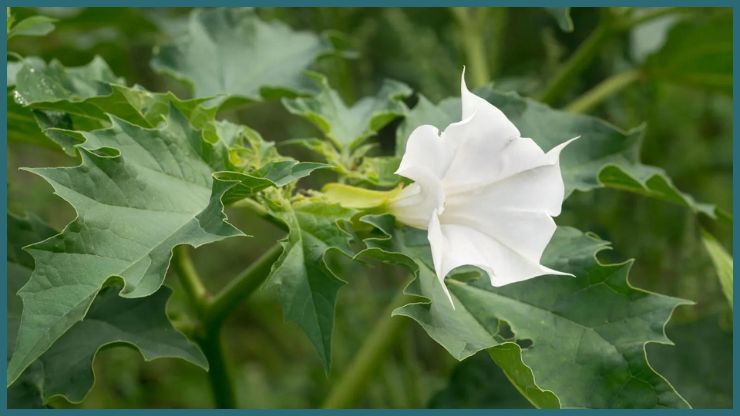
Jimsonweed (Datura stramonium), also known as thorn apple or devil’s snare, is a highly toxic plant found throughout the Americas. All parts of the plant contain tropane alkaloids, such as scopolamine and atropine, which can cause hallucinations, delirium, and severe toxicity if ingested. It is occasionally abused as a recreational drug due to its psychoactive effects, but this is extremely dangerous and can lead to overdose or death.
Symptoms of Jimsonweed poisoning may include confusion, dilated pupils, rapid heartbeat, dry mouth, and in severe cases, coma or death. It should be avoided at all costs, and its presence in the wild should be recognized and treated with caution to prevent accidental poisoning, especially in children and young adults.
Conclusion
In conclusion, the world’s deadliest plants, with their lethal allure, serve as a potent reminder of the need for awareness and caution. Their secrets, both perilous and profound, underscore the delicate balance between fascination and danger. These plants challenge us to respect and protect the natural world, preserving its ecological integrity, cultural richness, and medicinal potential.
Knowledge is our shield against unwitting harm and our gateway to the treasures of these enigmatic flora. In our encounters with these botanical assassins, awareness and caution are not mere choices but essential companions in our quest for coexistence.
FAQs
Deadly plants contain toxic compounds that can cause harm or even death when ingested, touched, or inhaled. These toxins serve as defense mechanisms against herbivores and are used by some plants for protection.
Symptoms can vary depending on the plant, but they often include nausea, vomiting, diarrhea, dizziness, hallucinations, seizures, and, in severe cases, respiratory failure or death.
Some of these deadly plants have a widespread distribution, while others are more localized. Climate, geography, and environmental factors determine their range.

